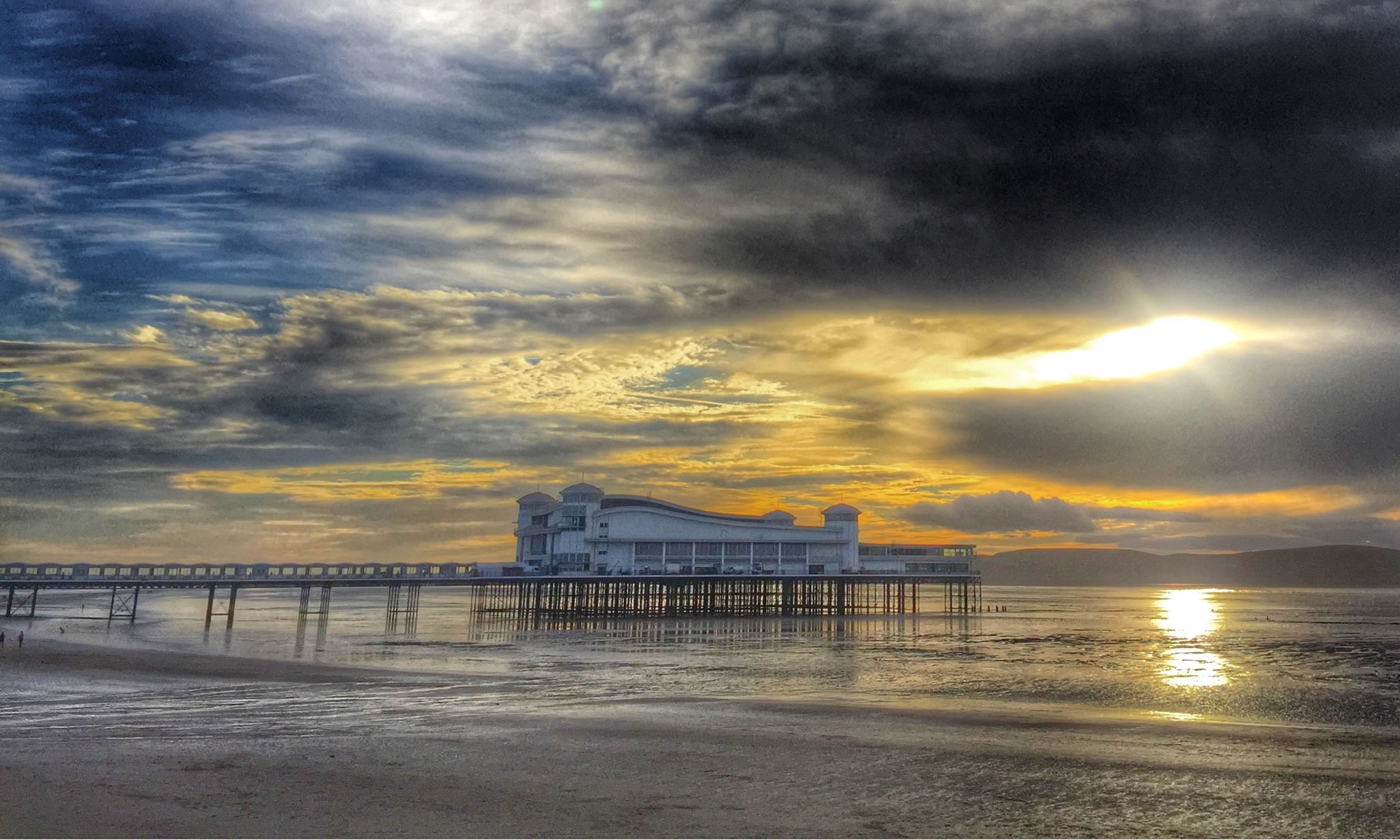Spent a pleasant couple of hours walking around the Bristol Harbourside.
We were going to park in the Millennium Square Underground car park However we couldn’t quite believe the prices, so we went off to park in The Galleries instead. Not the easiest place to get to, now Baldwin Street is closed to traffic. Once parked there we headed off down Corn Street before heading down Marsh Street to Prince Street Bridge.
Moored up by the Arnolfini was the STS Lord Nelson, a sailing ship with lots of masts.

The STS Lord Nelson was a sail training ship operated by the Jubilee Sailing Trust. It is in the process of being decommissioned.
Having crossed Prince Street Bridge, we walked along Princes Wharf, on the dockside by the M Shed. The MV Balmoral was moored alongside.

MV Balmoral is a vintage excursion ship which required extensive hull work if she is to sail with passengers again.
Up by the M Shed is the Fairbairn steam crane. It can lift more tonnage than all the other remaining dockside crates combined.
As we walked along the docks I took a photograph of the old gasworks on the other side of the harbour.

There has been quite a lot of development and regeneration on that side of the harbour over the years. Back in the 1990s I did a ferry ride and took a photograph of the pre-developed area.
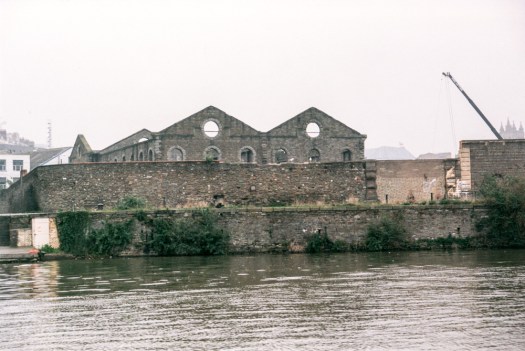
Another old view of that area.
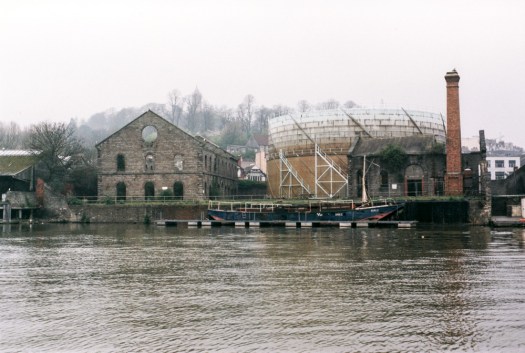
We then passed Brunel’s Buttery where there were many people enjoying hot drinks and bacon butties. I don’t remember the last time I had a bacon butty from the Buttery, but I must go back at some point.
We walked past the SS Great Britain before heading inland slightly to walk past the Albion Dock.
We walked through the historic Underfall Yard before closing Merchants Road Bridge and then heading back to the centre.
As we walked long the harbourside we got a better view of the luxury yacht complete with helicopter.
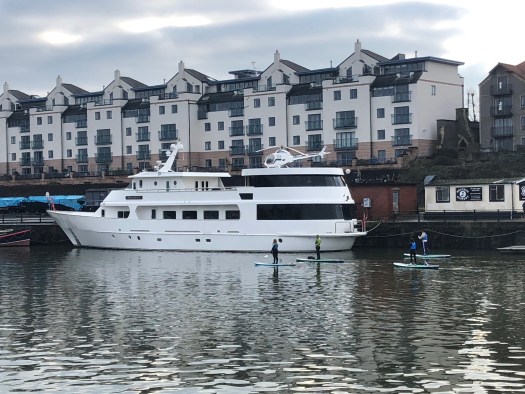
There was another boat moored on Princes Wharf with a car onboard.
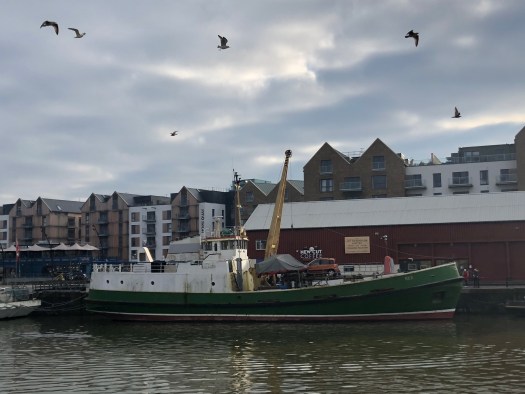
And to complete things off there was a small boat with a bicycle!

Having enjoyed our walk we headed back into town stopping for coffee at Caffe Nero on Corn Street.
